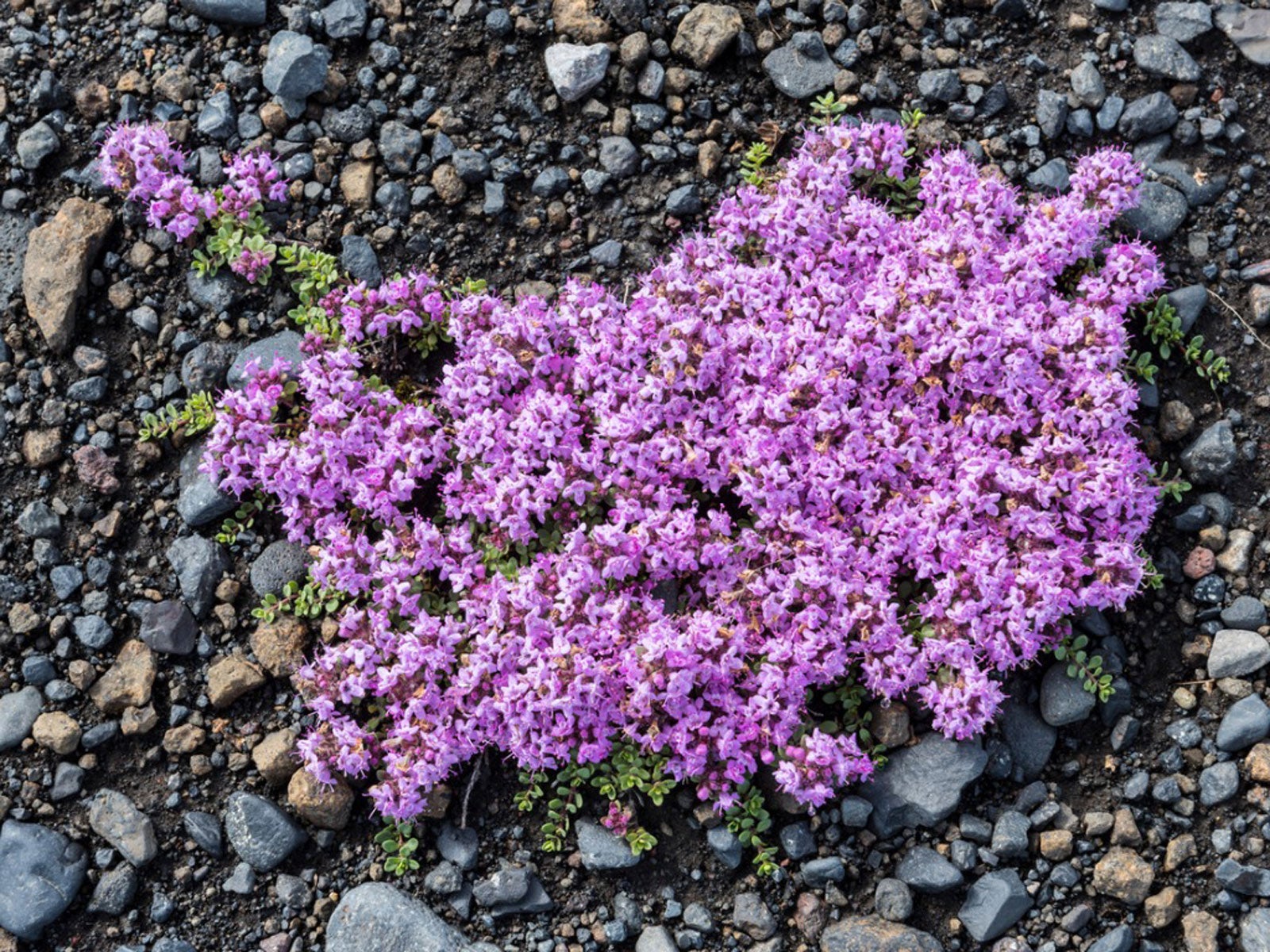

/red-creeping-thyme-flowering-big-56a585ab3df78cf77288b00e.jpg)
We may ask for pictures but will try to make it as easy as possible for you. If the plant is dead, has dried out roots or the incorrect item was shipped just notify Plant Addicts within 3 days upon delivery.

Plant Addicts guarantees your plant(s) will arrive happy and healthy, but the plant(s) are being shipped through the mail and accidents happen. Plant Addict Guarantee (Included On All Plant Orders) Whether you plant this as a living dry creek bed, as a steppable between stones, in a rock garden, or as a lawn replacement in a space you prefer not to mow, you will fall for the beautiful dark pink/red flowers and fragrance of Coccineus Red Creeping Thyme. Mulching around your plant with a good quality mulch will help to control the unwanted growth.
#Types of thyme ground cover Patch#
If you are just wanting a solitary patch of it in your garden bed, you may want to give it a little more room from other perennials so that it can spread out and you can maintain it in the size you want it to remain. It will grow to about 6 inches tall and spread out up to 10 inches wide. If you are using it as a ground cover and want it to spread throughout an area, space it 8 to 10 inches apart. Spacing creeping thyme is going to depend on what your eventual plans for it are. It will send out new fresh growth to replace what you remove. If your thyme becomes woody, you may want to trim it back to rejuvenate the plant. If it interferes with other plants, trim back the spreading stems, remembering that they take root where they touch the ground. Pruning, on the other hand, may be necessary to keep the plant where you want it to grow. Fertilizing is typically not needed, but if your soil is remarkably poor, work some well composted organic matter into the soil prior to planting.ĭeadheading is not necessary as this plant will spread and create more blooms along the stems as it goes. Although it tolerates some drought, it does prefer an average watering schedule so water when natural rainfall is less than one inch per week or when it appears dry. Growing in poor, average or fertile, well draining soil, it tolerates even an alkaline soil pH.
#Types of thyme ground cover full#
It prefers full sun, but will tolerate some light afternoon shade. Coccineus Red Creeping Thyme CareĬategorized as an easy care perennial, Creeping Thyme will not require much from you once you plant it out in the spring. Be sure to give it room to spread without becoming a nuisance. As a member of the mint family, Creeping Thyme will slowly spread via stems that spread out from the center of the plant and then root where they touch the soil.

Rock gardens are great places to plant Red Creeping Thyme, but they look equally as lovely when planted as ground cover under a plant that likes to have cool root zones. It has a wide variety of uses in the landscape as it is drought tolerant, salt tolerant and creates an impressive display of color wherever it is planted. Coccineus Red Creeping Thyme is hardy in Zones 5 to 10, growing as a semi-evergreen. Magenta pink/red flowers.Check! Fragrant foliage.Check! Steppable.Check! Great ground cover.Check! Want a perennial ground cover that checks all the boxes? You have to try Coccineus Red Creeping Thyme in your garden this spring! What’s not to love about a plant that looks this great, smells this good and that grows where other plants typically won’t last a day? How about as a river of lava flowing down a dry creek bed, or the saving grace on an eroded hillside, or between pavers on the walkway into your garden.these are just a few places that you can plant Coccineus Red Creeping Thyme where nothing else will work!Ĭreeping Thyme is native to Europe and has naturalized in much of the United States.


 0 kommentar(er)
0 kommentar(er)
